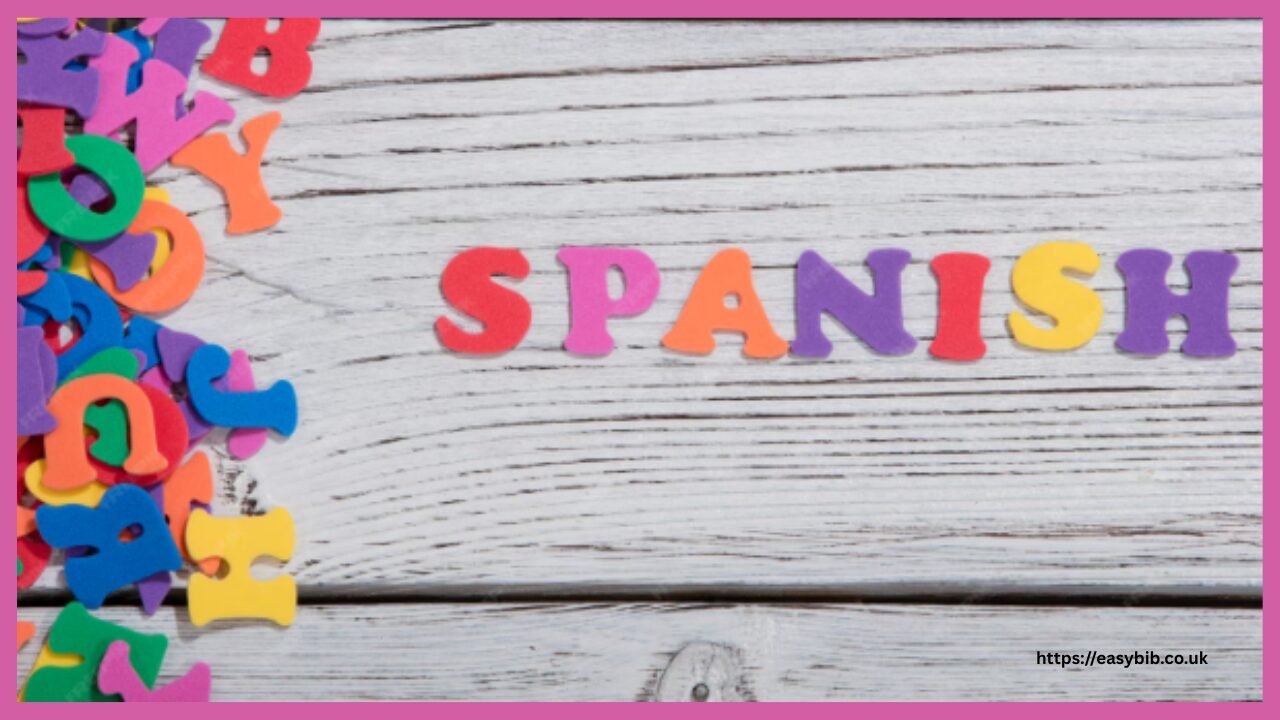Spanish for Kids

Spanish for kids is more than a fun elective—it’s a strategic tool in your homeschool curriculum. As a homeschooling parent, you have a unique opportunity to introduce a second language, such as Spanish, in a flexible, natural, and personalized way. With the right approach, kids’ Spanish lessons can seamlessly integrate into daily learning, eliminating stress and overwhelm, and setting your child up for long-term academic and cultural success.
Why Start Early with Spanish
One of the most significant advantages homeschoolers have is the ability to start language learning early—and that early exposure makes a big difference. Young children are naturally inclined to absorb language through immersion and repetition. They mimic sounds with ease and internalize grammar without needing formal instruction.
In a homeschool setting, you don’t need a rigid classroom model to teach Spanish. Everyday interactions—like mealtime, playtime, or storytime—become built-in opportunities for learning. Starting Spanish early reduces resistance and gives your child a strong foundation for learning additional languages in the future.
Key Benefits of Spanish for Kids
Cognitive & Academic Growth
Studies consistently show that bilingual children have stronger memory, problem-solving skills, and mental flexibility. As a homeschooler, integrating Spanish classes for children into your curriculum can actually enhance your child’s performance in other subjects, especially math and reading.
Enhanced Language Skills
Spanish and English share many roots. As children learn Spanish vocabulary and grammar, they start to notice patterns in English as well. This improves their understanding of both languages. Homeschoolers often report that learning Spanish early helps their children write and read better in English.
Cultural Awareness
Spanish is spoken in over 20 countries and is one of the most widely used languages in the United States. Teaching your kids Spanish at home opens doors to cultural understanding, travel, and even future job prospects. Language creates empathy—and what better value to nurture in your homeschool?
How to Teach Spanish in a Homeschool Setting
Immersion in Daily Life
You don’t need a complete Spanish immersion program to get results. Simple changes, such as switching on Spanish-language cartoons during lunch, labeling household items in Spanish, or conducting a 15-minute “Spanish circle time” each morning, can have a significant impact.
Homeschooling gives you the freedom to structure these moments in ways that work for your family—short bursts of daily exposure are far more effective than long, infrequent lessons.
Play-Based Learning
Learn Spanish for kids should be fun. Use chants and rhymes to develop rhythm and pronunciation skills. Stories are also a great way to introduce vocabulary naturally—especially picture books with simple dialogue or dual-language text.
Crafts, board games, and scavenger hunts with Spanish clues add movement and excitement to lessons. You can even turn everyday chores into Spanish activities. Have your child help you “lavar los platos” or “limpiar la mesa” and talk through the steps in Spanish.
Tech Tools That Support Homeschooling
Many homeschool-friendly apps and platforms focus on teaching Spanish to kids. Look for tools that combine interactive elements, such as games, stories, and speech recognition. These are especially helpful for busy homeschoolers who want to make language practice more independent.
Structured but Flexible Lessons
You don’t have to follow a strict curriculum to make progress, but some structure can be helpful. Choose one theme per week—like colors, numbers, or animals—and practice that vocabulary in different contexts. For example, a week on food could include cooking a Spanish recipe, learning food-related vocabulary, and role-playing in a restaurant.
Because you’re homeschooling, you can revisit tricky topics or move quickly through easier material—no pressure to match a classroom pace.
Sample Spanish Activities for Homeschoolers
Incorporating the Spanish language into your homeschool for children is easier than you might think. Here are a few simple ideas:
- Start your day with a Spanish greeting routine. Sing “Buenos días” and ask “¿Cómo estás?”
- Read a bilingual storybook and ask your child to point out familiar Spanish words.
- Use flashcards for vocabulary review, then play a memory game with the cards.
- Create a “Spanish word of the day” wall and use it in conversations all day long.
- Watch a short cartoon in Spanish, then ask your child to describe what happened using new words.
- Play Simon Says in Spanish—“Simón dice toca la cabeza” makes learning interactive and fun.
Tips for Homeschooling Parents
- Keep lessons short and light—10 to 20 minutes is plenty for young learners.
- Use repetition frequently, but vary the way you present the material to keep it engaging and interesting.
- Be patient. Mistakes are not only typical—they’re essential to learning.
- Celebrate effort, not just fluency. Encourage your child to speak and try, even if it’s imperfect.
- Try to model Spanish usage yourself. You don’t need to be fluent—just learning alongside your child sends a powerful message.
- Be consistent. Even a little Spanish every day adds up over time.
READ MORE
Final Thoughts
Spanish for kids fits beautifully into a homeschooling lifestyle. Without the pressure of tests or rigid schedules, children can explore Spanish at their own pace, in ways that feel natural and joyful. Whether through games or everyday conversation, kids’ Spanish lessons at home help build a bilingual foundation that will benefit your child for years to come.
Let language learning be a celebration of connection and culture in your homeschool journey. Your efforts today may unlock a world of possibilities tomorrow.
